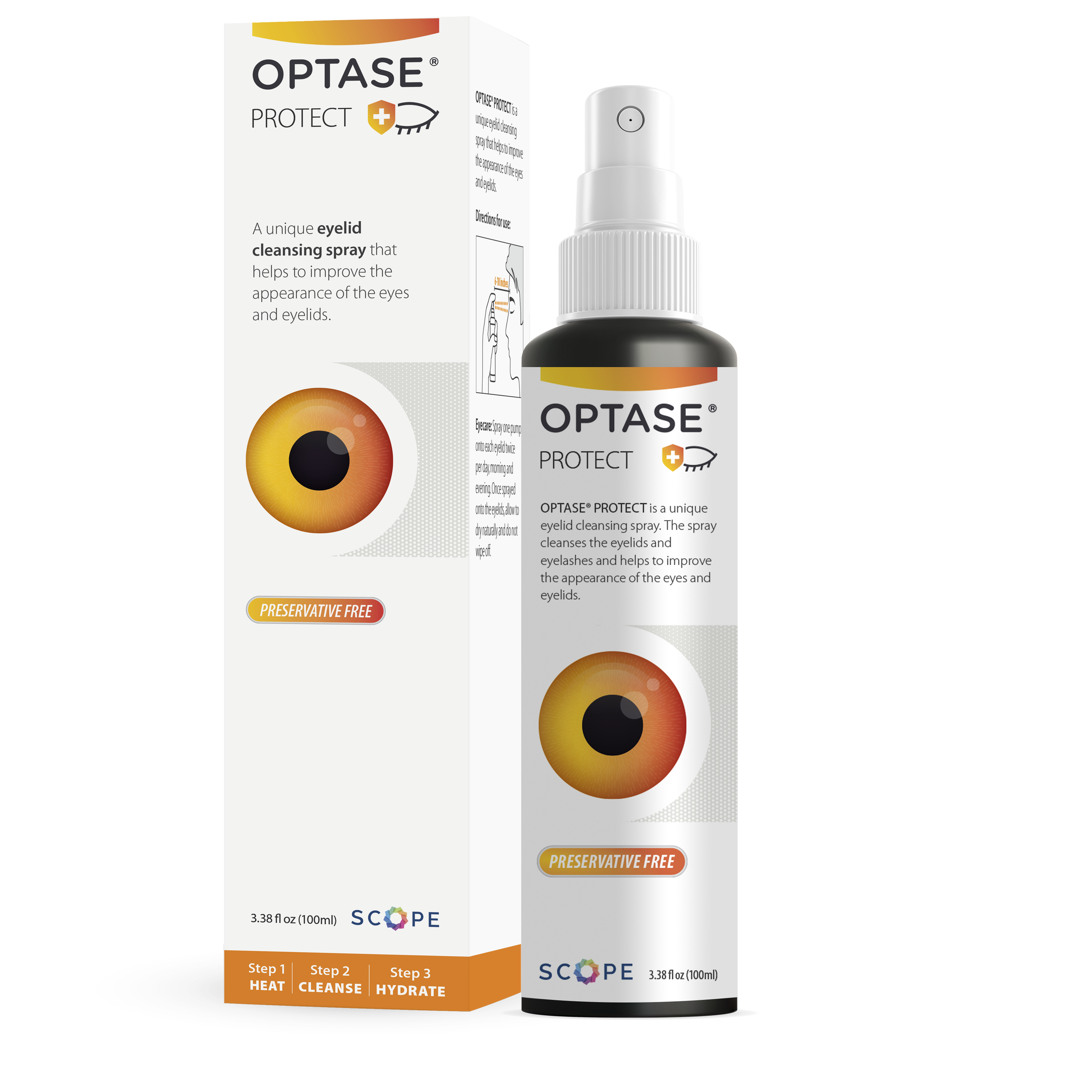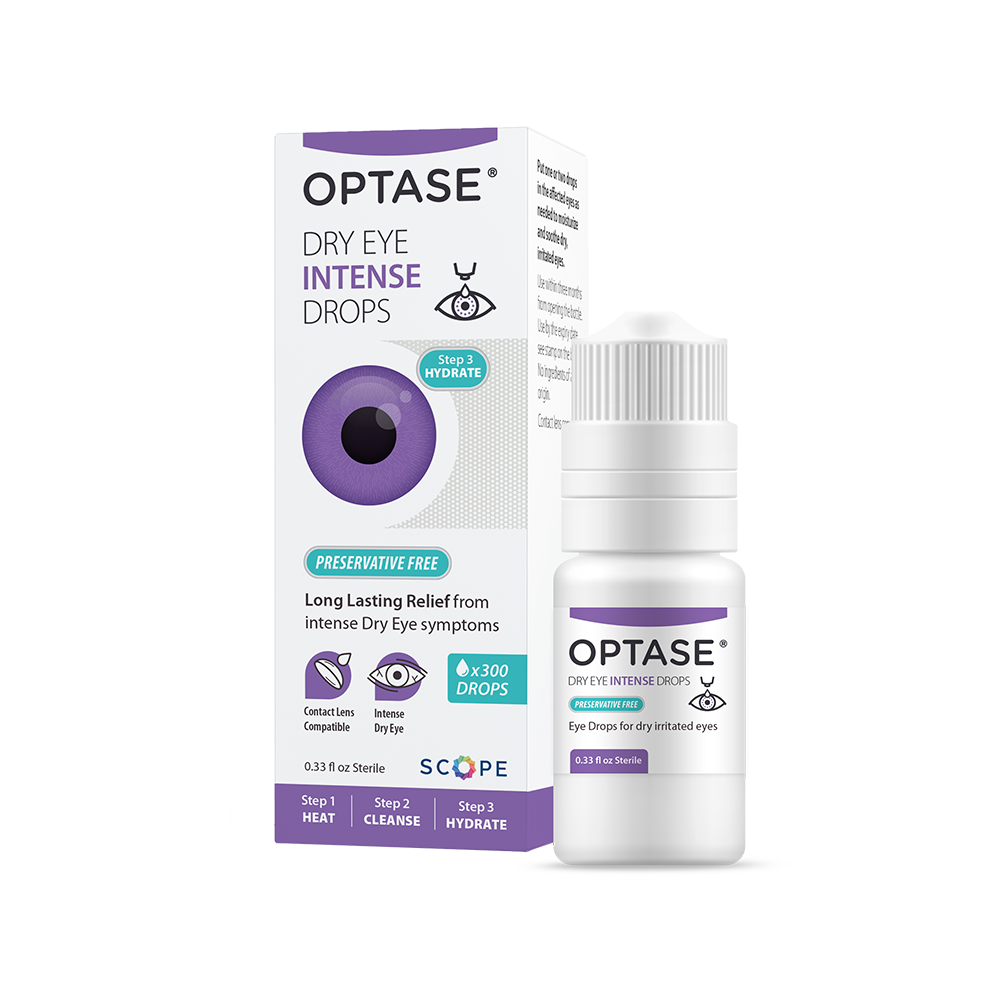[Update: Out of Stock] Free Solar Eclipse Glasses & Safely Enjoy Total Solar Eclipse
[Update: Out of Stock]
Remember to Follow our social media below for future drops like these!
Our office is offering free solar eclipse glasses* on a first-come, first-served basis while supplies last. These glasses ensure safe viewing of the upcoming total solar eclipse on April 8. It's a great opportunity for the community to engage with astronomy and witness this spectacular celestial event without compromising eye safety. Just complete the form below to claim your pair.
*Limit one pair per signup.
Step 1
Follow our social media below:
Step 2
Complete the form below:
Step 3
Show one of our team members in-store and receive your solar eclipse glasses & enjoy!
In Los Angeles, this will be visible starting at 10:06 a.m. A substantial blocking of the sun will be obvious by 10:39 a.m, and peaking at 11:12 a.m.
As the much-anticipated total solar eclipse approaches on Monday, April 8, millions of people are eagerly preparing to witness this awe-inspiring celestial event. Solar eclipses, with their captivating beauty and scientific significance, offer communities a unique opportunity to engage with astronomy and marvel at the wonders of the universe. However, it is essential to prioritize safety while enjoying this rare spectacle.
To prevent potential eye injuries, the National Center for Eclipse Safety (NCEC) emphasizes the importance of taking proper precautions. Here are some key suggestions to ensure a safe and unforgettable eclipse viewing experience:
Always Use Solar Viewing Glasses: When preparing to observe the solar eclipse, it is crucial to wear specialized solar viewing glasses. These eclipse glasses are equipped with solar filters that adhere to the international safety standard ISO 12312-2 for safe viewing. It's essential to ensure that the glasses you use have this certification clearly marked on them. Regular sunglasses, even those offering UV protection, are not suitable for direct viewing of the sun and can cause severe eye damage.
Avoid Direct Viewing Through Cameras: While it may be tempting to capture the eclipse through your camera or mobile phone camera, doing so can pose a significant risk to your eyes. Looking at the sun through camera viewfinders or mobile phone cameras without proper protection can lead to serious eye damage and, in some cases, even damage to the device itself. It is best to use your camera to photograph the eclipse indirectly or use specialized solar filters designed for photography.
Create a Pinhole Camera: For those who prefer a hands-on approach to viewing the eclipse, creating a pinhole camera offers a safe and effective alternative. Simply pierce a small hole in the center of a piece of paper and hold it up with your back to the sun. Then, hold another sheet of paper in front of the pinhole until you see a tiny image of the sun projected onto it. This method allows you to observe the eclipse indirectly as the moon gradually covers the sun over the course of two hours.
Exercise Caution for Individuals with Eye Conditions: NCEC advises individuals who have recently undergone eye surgery or who have chronic eye conditions to refrain from directly viewing the eclipse. Even with proper eye protection, certain eye conditions may increase the risk of damage from solar radiation. It is best to consult with a healthcare professional before attempting to view the eclipse if you have any concerns about your eye health.
By following these safety guidelines, you can fully enjoy the spectacle of the April 8 total solar eclipse while safeguarding your vision. Remember that while eclipses are rare and captivating events, protecting your eyes should always be the top priority. With proper precautions in place, you can make the most of this extraordinary celestial phenomenon and create lasting memories for years to come.
Path of the April 8 2024 Total Solar Eclipse






A simple to use eye mask that delivers 10 minutes of Moist Heat Therapy